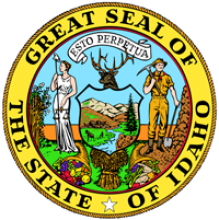Stimulus Denies Excellent Projects in Idaho
Though I did not spend a lot of time following stimulus proposals, two excellent proposals did catch my eye from Idaho and I hoped that at least one of them would be funded. Alas, neither was funded by NTIA or RUS. These are exactly the networks we need throughout the country, and Idaho is exactly the state that could benefit greatly from federal assistance. I hope these projects have better luck in the second round or in securing future funding from RUS outside the stimulus project. (This is not to suggest I disapprove of the Coeur d'Alene Reservation Fiber-to-the-Home (FTTH) Project that received funding - I am not as familiar with it and therefore have no comment on it.)
The town of Ammon, some 13,000 people near Idaho Falls in eastern Idaho, developed a proposal for an a type of next-generation open access network in that it would offer greater flexibility to subscribers and service providers than many current open access networks.
The other project, to serve the Northern Panhandle area, was designed with Ernie Bray, who previously consulted on the Powellink network in Wyoming. The Boise Weekly briefly discussed these projects a few weeks ago, noting their open access approach that would serve residents, businesses, and key institutional anchors with fiber-optics:
"Every entity we need to work with is already a stakeholder; we're ready to go," he said. "And we will use revenues for expansion and build out. We're trying to expand the concept of a service provider and services beyond just the triple play, voice-video-data," he said. "Telemedicine is a service, hospitals are service providers. We want to take fiber to every home and every business, then connect them to libraries, schools and job services so they can take advantage of programs to help lift them up."Local jobs are at stake and incumbent providers are doing little to help:
Quest [Aircraft], who builds the Kodiak airplane, they've gotta exchange large engineering files in real time; 250 jobs are at stake.Verizon is busy trying to offload all of its rural territories on Frontier (a company famous for slow and poor service) so it isn't about to upgrade facilities in Idaho.


